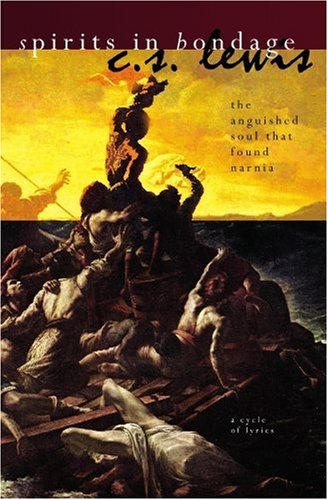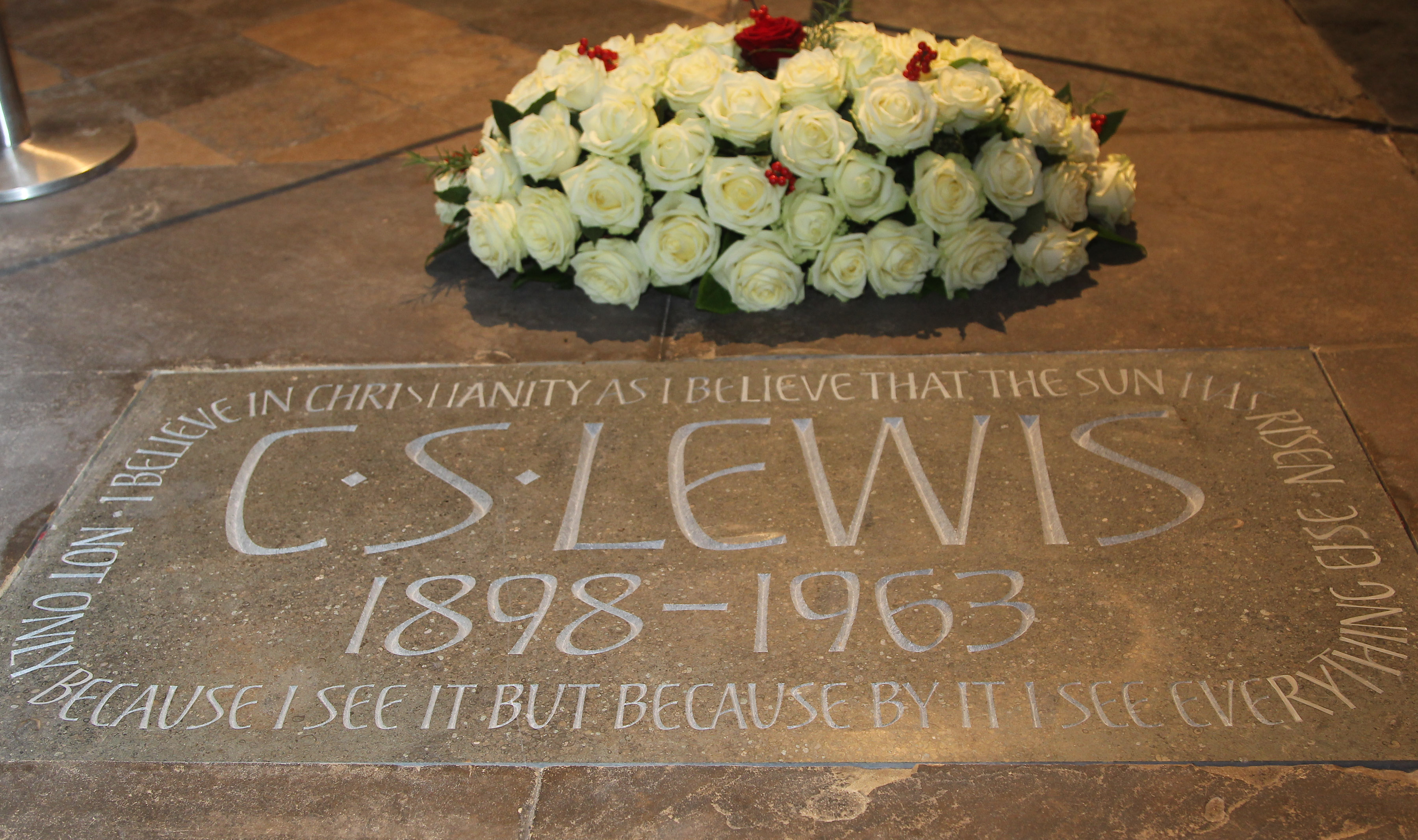
Hey, everybody, welcome back to Tumnus’ Bookshelf where we review any and all written books by, about and inspired by CS Lewis and the land of Narnia. For today’s review we will be looking at the 1919 poetry collection Spirits in Bondage: A Cycle of Lyrics by CS Lewis.
Title: Spirits in Bondage
Author: CS Lewis (under the pseudonym of “Clive Hamilton”)
Publisher: N/A
ISBN-10: N/A
ISBN-13: N/A.
Summary:
Spirits in Bondage: A Cycle of Lyrics is a collection of poetry written by CS Lewis in 1919 following his discharge from the service in World War I after he was wounded in battle. In this cycle we follow Lewis as he grapples with the difficult questions following his experience. Despite it’s wartime origins the beauty of the poetry transcends the War and becomes rather a poetic journey through the questions of pain, loss and a longing for home, and in essence the very core of the human experience.
Review:
This is an important book for all serious fans of CS Lewis for a variety of reasons. It is because of this fact that in this review I will carefully examine these reasons as I review this text. The first of these is the simple fact it was the first book CS Lewis ever published. This collection first saw it’s publication in 1919, when the only aspect of Narnia that existed was the long standing image of a faun standing in the snow in it’s author’s imagination.
As it was published in 1919, it brings us to the second reason this book is so important. It was written just after the end of World War I, when Lewis had been discharged for his war injuries. As such it is very much “war-time” poetry. Despite the time, place, and setting of this composition, the poems are very beautiful and don’t feel like war poetry. The fact that it reflects on time in the trenches does not at all diminish the beauty of these poems, but rather enhances it. It is as though the scream of bombs, the stench of mustard gas, and the buzzing of bullets are augmented by Celtic music through these lines of poetry. Even poems like “Satan Speaks” almost resemble the depiction of Lucifer in Milton’s Paradise Lost.
Further, it was also written before Lewis ever became a Christian. However at the same time while it does not contain any of his Christian imagery, it still has a certain spiritual quality. In many ways Lewis is trying to reconcile what he experienced in the war and the death of his good friend Paddy Moore with the faith he was raised under as a child. In essence the point of this lyrical cycle is to ask the question, “Where is God in all this?” It is a valid question when facing a tragedy and one we will all ask at some point in our lives, and Lewis does it with a lot of grace and beauty.
We see him not only struggle with questions of God, but try to reconcile his romantic nature with the horrors of war. We see him wondering if the stories and poems he grew up reading and loving were still valid and important in the face of war. We see him long to not only return home but for his childhood in Ireland, and the simpler times it entails. We see him feeling as though evil was winning. Yet at the same time, towards the end of the cycle, there is a hint of hope.
Spirits in Bondage is also the only work of CS Lewis that is in the public domain, at least in the United States of America. What exactly does that mean? It means that, simply put, anybody can publish a copy of the text of Spirits in Bondage as long as they live in the USA. Everyone from Frank Peretti, to Randy Alcorn, to Ted Dekker, to Francine Rivers, to Karen Kingsbury, to Tim LaHaye to Kirk Cameron, to the entire staff at NarniaFans, could all publish an edition of Spirits. All they have to do is compile it and provide some new notes and introductory materials. As such that means older editions, like the Walter Hooper edited edition are out of print stateside and are very expensive. This book isn’t even available on the Christian Book Distributer Catalogue. The book is however available in digital format in the US from the Library of Congress and The Gutenberg Project (which seeks to put all works available in the public domain into E-book format). The copy I managed to find provided a nice introduction into where CS Lewis was in his life when he wrote it and would serve for a nice ice breaker to the work for new CS Lewis fans.
Because of the subject matter of this poetry it is recommended best for older readers and long-time fans of CS Lewis. A child may not comprehend what is going on, and a new fan of Lewis may be confused by why he seemed so angry, unless they have been given a proper introduction. I have read many works of poetry, but few have made me wish I was a composer so I could set them to a symphony. Spirits in Bondage is one of those few poetic works. Simply beautiful is all that can describe this work.
Five out of Five shields.
(Due to international copy write regulations it is advised that you purchase the book from your own Amazon dealer or local bookseller as we cannot, on principle provide a hyper-link to order this book.)




I recently re-read Spirits in Bondage, and although I love it I think you are right in that younger readers will probably not enjoy it as much. I also recently found a review show I rather enjoy online that I think you should check out, its called The Book Report (http://www.bookreportradio.com/)